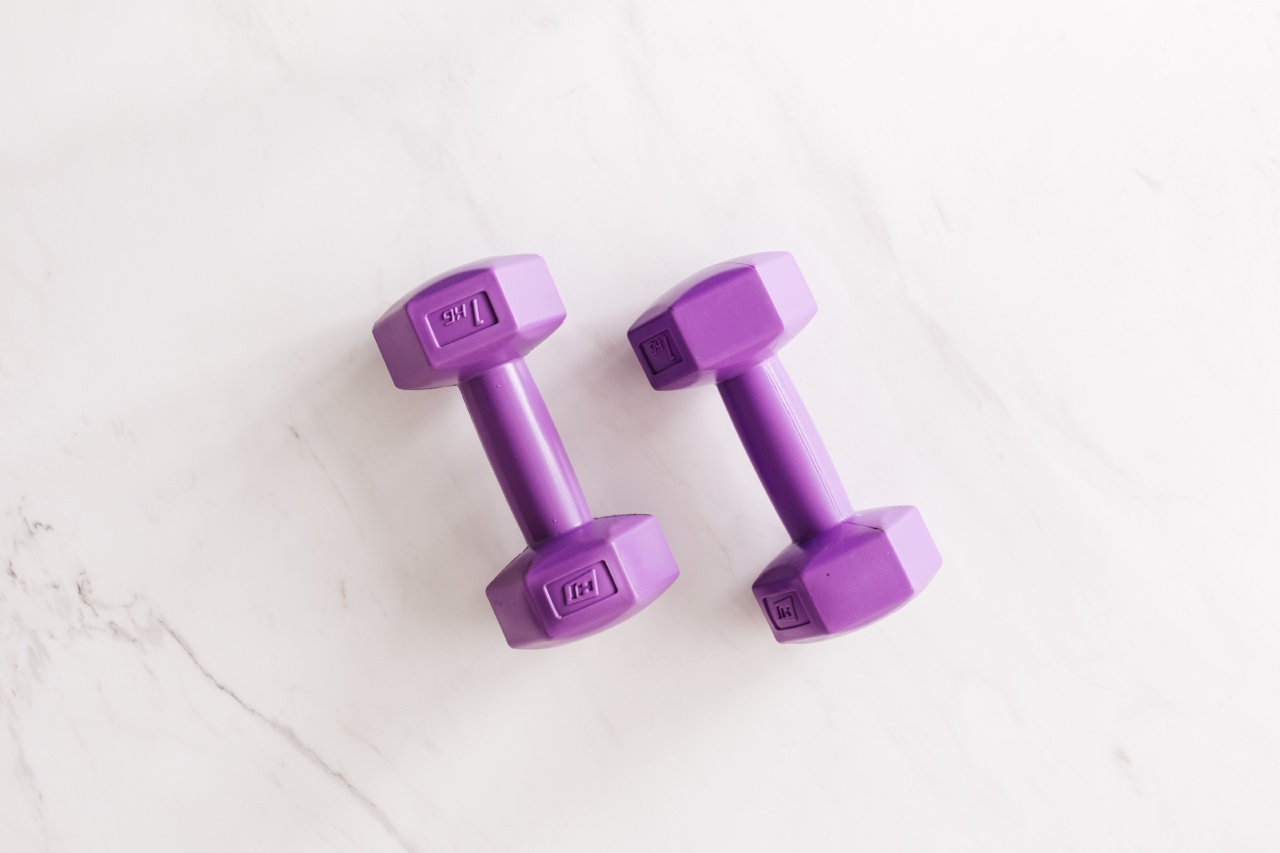Lifting heavy objects is a common task in many industries and workplaces. However, if done incorrectly, it can result in serious injuries or strain on the body.
That’s why it’s essential to learn the correct form for lifting heavy objects to ensure both safety and efficiency. In this article, we will explore the proper techniques and guidelines for lifting heavy objects, including posture, body mechanics, and helpful tips to minimize the risk of injury.
Understanding the risks
Before we dive into the correct form for lifting heavy objects, it’s crucial to understand the potential risks involved. When lifting heavy objects without using proper form, you put excessive strain on your body, particularly your back and spine.
This can lead to muscle sprains, torn ligaments, herniated discs, and other debilitating injuries.
Preparing for the lift
Proper preparation is key to lifting heavy objects safely. Here are a few important steps to follow before attempting to lift:.
Assess the weight and dimensions
Before attempting to lift a heavy object, take a moment to assess its weight and dimensions. If the object is too heavy or bulky to lift safely, do not attempt it alone.
Seek assistance or use appropriate lifting equipment, such as a forklift or dolly, to transport the object.
Wear the right attire
When lifting heavy objects, it’s essential to wear the right attire to protect your body. Opt for sturdy, closed-toe shoes with slip-resistant soles to prevent any accidents or slips.
Avoid loose clothing or jewelry that could get caught on the object or compromise your movement.
Warm-up and stretch
Just like in any physical activity, warming up your body and stretching before lifting heavy objects can help prevent injuries.
Engage in some light cardio exercises to get your blood flowing, followed by gentle stretches for your back, shoulders, and legs.
The correct lifting technique
Now that you’re prepared, let’s focus on the correct lifting technique. Follow these steps to ensure a safe and efficient lift:.
Proper posture
Start by standing close to the object with your feet shoulder-width apart. Keep your back straight, and avoid rounding your shoulders or slouching. Engage your core muscles to stabilize your body throughout the lift.
Bend at the knees and hips
When bending down to lift the object, remember to use your knees and hips, not your waist. Squat down by bending your knees while keeping your back straight. Lower yourself until you can comfortably grip the object with both hands.
Grip the object correctly
Place your hands on opposite corners of the object, ensuring a firm and secure grip. Your palms should be facing toward your body, which allows for better control during the lift. If the object has handles, make sure to utilize them.
Engage your leg muscles and lift with your legs
The strength for lifting heavy objects should primarily come from your leg muscles, not your back. To lift the object, straighten your legs gradually while maintaining a straight posture.
Keep the object as close to your body as possible throughout the lift to minimize strain on your back.
Avoid twisting or jerking movements
As you lift the object, avoid any twisting or jerking movements, as they can strain your back and increase the risk of injury. Instead, move with smooth, controlled motions, keeping your feet planted firmly on the ground.
Use your core muscles
Engage your core muscles as you lift and carry the heavy object. Your abdominal muscles provide additional support to your lower back. Remember to breathe evenly throughout the lift and use your core to stabilize your body.
Take regular breaks and ask for assistance if needed
Do not overexert yourself when lifting heavy objects. If you feel fatigued or strained, take short breaks to rest and recover. Additionally, if an object is too heavy to lift safely alone, do not hesitate to ask for assistance.
It’s always better to seek help than risk a severe injury.
Tips for safe lifting
Here are a few additional tips to keep in mind for safe lifting:.
Plan your route
Prior to lifting, plan your route and clear any obstacles or hazards in your path. This reduces the risk of tripping or dropping the object.
Lift with your legs, not your back
Always remember that the power for lifting heavy objects should come from your legs, not your back. Push up from your legs rather than pulling up with your back.
Do not rush
Take your time and do not rush the lifting process. Hastiness can lead to poor form and accidents. Move at a controlled pace, focusing on maintaining proper posture and technique throughout the lift.
Use mechanical aids when necessary
If an object is too heavy or awkward to lift manually, consider using mechanical aids such as forklifts, cranes, or dollies. These tools are designed to assist with heavy lifting and reduce the risk of injuries.
Conclusion
Mastering the correct form for lifting heavy objects is crucial for preventing injuries and maintaining a safe work environment.
By following the proper techniques outlined in this article, such as maintaining proper posture, engaging your leg muscles, and using your core for stability, you can reduce the risk of strains, sprains, or more severe injuries. Remember, safety should always be the top priority when lifting heavy objects.



























